I have written in the past about some of my upgrades to my gear to make my air compressor work better for me when airing up my tires. While those upgrades made the process less of a pain they still required me to constantly monitor the inflation process throughout. It occurred to me that if I could setup something to stop inflating when the proper tire pressure was reached that I could then spend that time prepping other things in the vehicle or talking with friends at the conclusion of a trip.
I waited to write this post until I had been using this setup for a while to make sure it worked well. I’m happy to report that the setup below has been working well for me for almost a year now. Once set at the proper output pressure I have had no issues with consistency despite shaking the bag in my vehicle during numerous off-road trips. Additionally, without further adjustment, it has consistently worked through a variety of summer and winter temperature ranges.
Goals
I considered a few different setups and types of pressure regulators. What I decided was that I wanted a non-electrical setup to simplify things. This means a more basic pressure gauge as well as an analog pressure adjustment. It also means I won’t be stuck with a system that’s not working because batteries or some complex electrical setup isn’t working.
- Additionally, I wanted to be able to inflate in multiple different scenarios:
A single tire using my traditional inflator gun with a single hose - A single tire using daisy chained hoses for better reach
- Dual tire using new pressure regulator
- Input into either pressure regulator or traditional inflator gun using common 1/4in quick connect (such as provided air at an off-road park)
It was important to me that in modifying my setup to allow for the new dual tire regulated shutoff functionality that I didn’t lose any of my old functionality. Additionally, I wanted to add the ability to connect my setup using the Dixon quick connects to standard 1/4in quick connects. I’m still not sure why the Dixon quick connects don’t seem to connect to other brands but I like the push to connect fittings they make so I want to continue using them.
In addition to functionality I wanted to keep the new parts/assemblies small enough to fit in my original Viair Air Compressor bag. And I didn’t want something so bulky that it would be cumbersome to use. This meant that a simultaneous two tire inflation setup was probably more appropriate for me than a four tire setup. This setup allows me to walk away and leave my compressor for approximately five minutes while it inflated two tires at a time. When I hear the compressor shut off, or feel like checking on it, I can then move the lines to my other two tires. My entire setup pictured below meets all of my stated goals well!
Pressure Regulator
I am using a standard pressure regulator as my secret ingredient to make the compressor stop inflating at the proper pressure. Without getting too into the weeds on how those work I’ll say this. A pressure regulator allows you to set a pressure you want to see downstream of the regulator, generally any pressure that is equal to or below the incoming air pressure. Once the set pressure is reached downstream the additional air coming in on the input side simply builds pressure within the input line.
My air compressor has a built-in automatic shutoff if the compressor output line pressure reaches a certain pressure, in my case 155 psi. This is to allow it to charge an air tank for example and maintain that pressure automatically throughout use. At least up to the capabilities of the compressor to match your output. So with a pressure regulator in between my inflation gun/tire and the compressor it makes sure my tire never goes above the set pressure on my regulator, about 34 psi, even if the line pressure on the input side of the regulator is much higher. Once the tire pressure has met the output pressure set on the regulator pressure builds in the regulator input line (compressor output line) to 155 psi and then the compressor automatically shuts off.
If you don’t have a compressor with this automatic shutoff feature you can still use the regulator. However, you will need a slightly different setup than me. One solution is to add an external shutoff for your compressor. This could be achieved with a pressure regulated electrical switch for example that controls the power input to the compressor. It would kill power when the pressure reaches a certain line pressure. Another way to do it would be to simply add a pressure relief valve on the upstream side of the regulator. It would need to be designed to relieve pressure above the desired tire pressure but below the maximum pressure the compressor can handle. This latter option is not ideal though since it would keep the compressor running after the desired tire pressure has been reached.
Back to my setup, I purchased a regulator and then added the following components:
- Replaced gauge with something more useful in the pressure range I’ll use it in. I opted for going away from the gauge that came with it that went up to 160 psi for a gauge that maxes out at 60 psi. This gives me more resolution at the pressures I’ll use this at, theoretically never exceeding 34 psi.
- Added a push to connect quick connect fitting on the input side
- Added a T fitting along with two male quick connect fittings on the downstream side. This allows me to fill two tires at once to the same pressure.
Note that on the regulator the arrow on the back is showing which direction air will flow through it. This helps ensure you put your input and output fittings on the proper sides. Make sure to use 2-3 wraps of Teflon tape on each threaded connection before assembly.
Kit Breakdown
The kit is broken down into the following components which can be used in different combinations to achieve different functionalities. Each has been assembled with various fittings and attachments to make it work best for my use:
- Air Compressor
- Pressure Regulator
- Coiled Hose 1
- Coiled Hose 2
- Adapter Hose
- Inflator Gun
- Tire Chuck Adapter
Make sure to read more about why I upgraded the components on the air compressor, hoses, and inflator gun on my previous post about these items.
Below are the parts lists for each of the items in my bag:

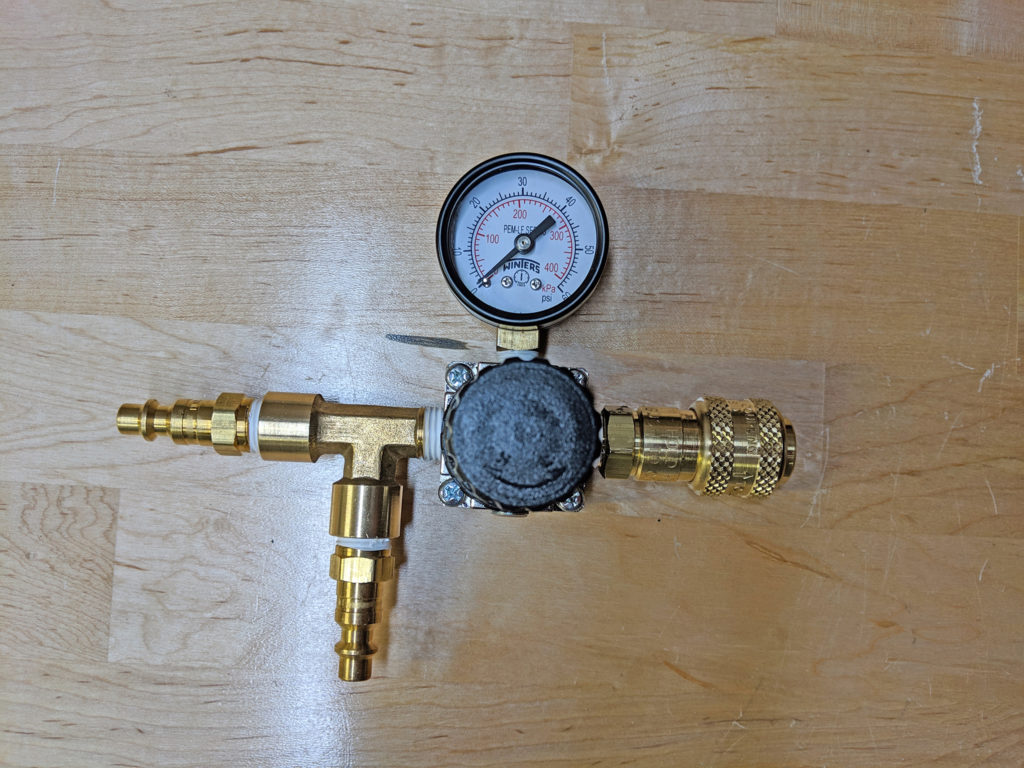
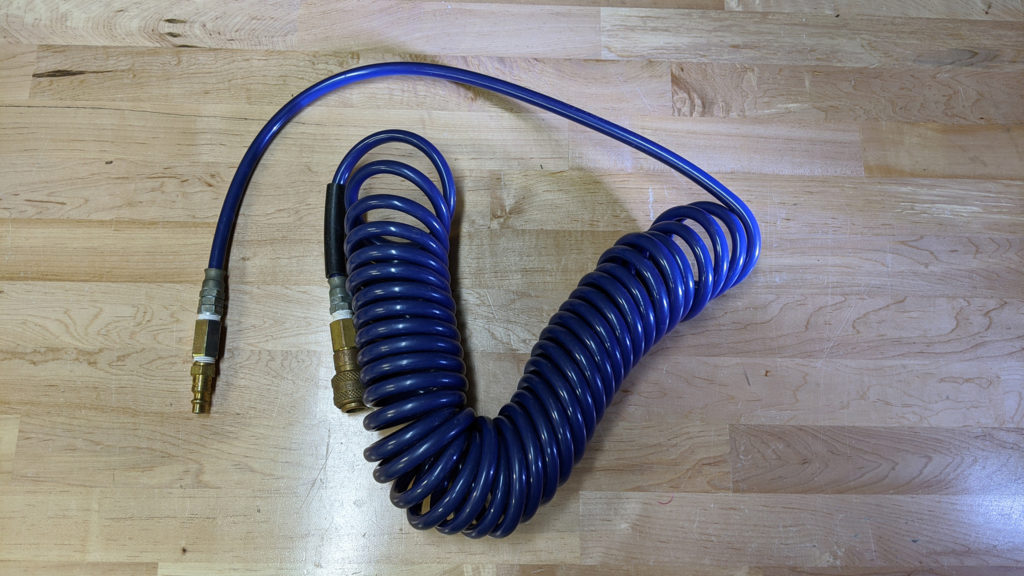
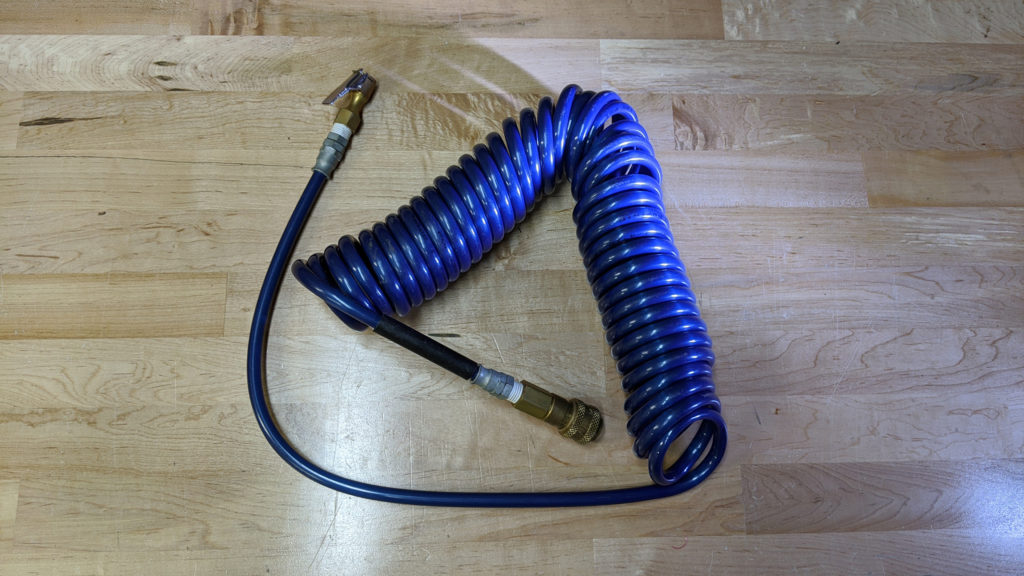
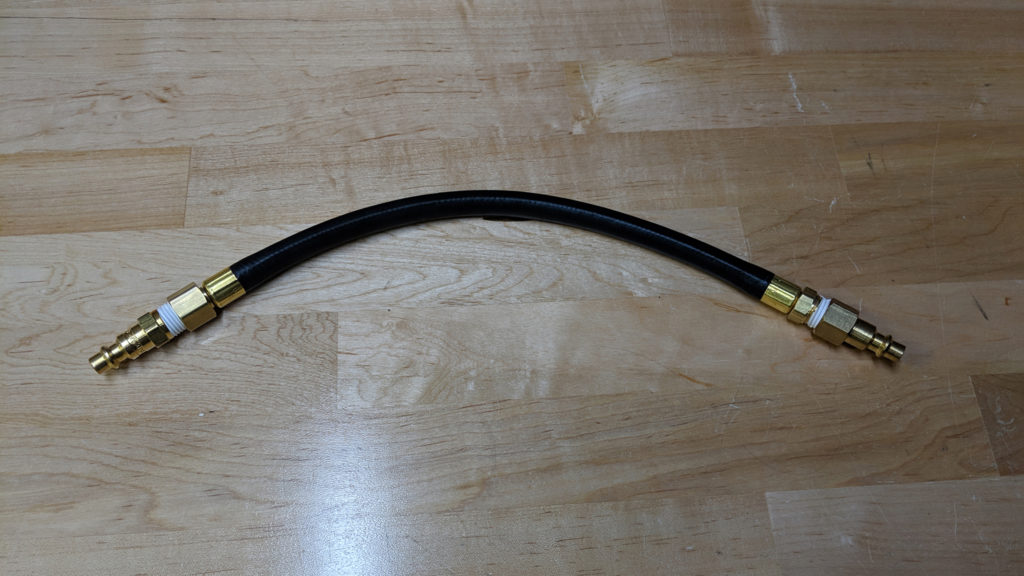


How to Set the Pressure
Note that this will take a little bit of adjustment to get the regulator set properly to inflate your tires to the preferred pressure. I recommend unscrewing the regulator adjustment knob until it feels “loose” which means it’s regulated to 0 psi. Install the regulator on the hose with pressurized air on the input and an under inflated tire downstream. Screw the knob in until air starts flowing. Let it shut off. Check the tire pressure. Then reattach the regulator/hose and screw the knob down some more. Repeat until the desired pressure in the tire is achieved.
Then deflate the tire some and confirm the regulator is set properly. I found at this point that mine was close but needed just a little more tweaking to be right. Once you’re convinced it’s set properly tighten the lock nut under the regulator knob to lock the knob in place. You’re ready to use it in the field!
Note About My Regulator
Somehow in the whole selection process of the right regulator, looking for one with the right pressure range, ideally with metal components, and good reviews, I messed up. I realized while putting this write up together that the regulator I selected in the end was rated to 150 psi maximum input pressure which is slightly below the 155 psi (nominal +/- 5%) that my portable compressor charges the line to. Oops! For this reason I’d suggest others with a similar compressor purchase this regulator instead which is rated to an input pressure of 230 psi, has good reviews, has a high flow rate, and is a good price.
Disclaimer: I participate in the Amazon Affiliate program. By purchasing items listed on Amazon using the links on this website you are supporting this website. I received no compensation for listing or using any of the products linked to on this page.
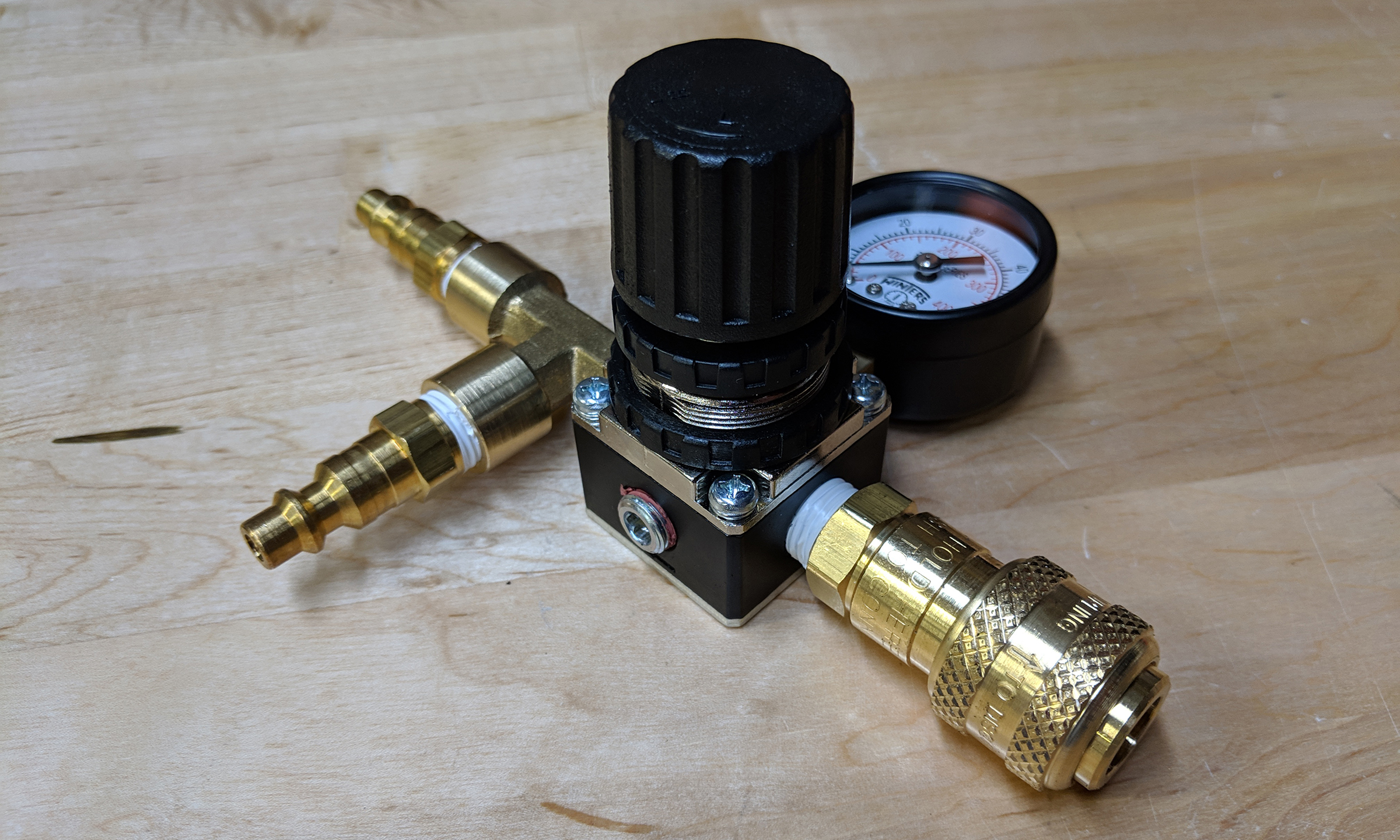
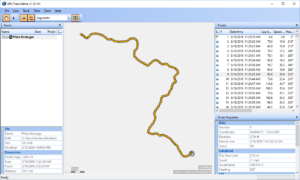
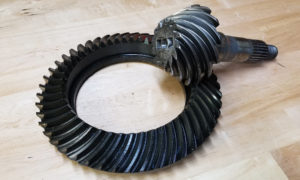
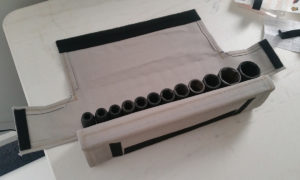
I installed a similar system with an ARB single air compressor. When the tire reaches the regulator set pressure, the compressor turns off, then back on repeatedly. Have you experienced this behavior?
Interesting… I have noticed this sometimes with mine as well! I haven’t really looked into it because I’m often nearby and ready to swap the lines to the other side anyways but I have wondered what is causing this. I’m pretty confident I don’t have a leak somewhere that is causing pressure to drop over time.
Hey would this application work for a four tire inflator system and still be accurate?
Yes this approach should work the same on any number of tires within reason. If you try it let me know how it works!
This was exactly what I was looking for (auto air pressure regulator) because I am designing a 4 tire systems with a Viair onboard air system. Thanks!
The only problem i found with that is If you set it to 40 PSI. Then that is all the air pressure you will get going into your tires .So it will take longer to air up
Trying not to sound condescending but to be clear flow rate and pressure, while related, are different. I’m not sure the regulator will cause a noteworthy decrease in flow rate although I did not measure or calculate this. The compressor I use has a max flow rate at 0psi of 2.30 CFM and is only 1.75 CFM at 40psi. The regulator I used has a max flow rate of 38 CFM, and the regulator I recommend using has a max flow rate of 56 SCFM. Obviously by regulating down to the pressure we’re interested in the flow rate is possibly… Read more »
I think you know more than I do about this. Lol. my compressor is 6.3 5CFM. So what do you say that my tires should fill up faster?I have four tires at once 3/8” hose set up. I thought I read that it will be slower.? so you think this will work for me and achieve a faster time for airing up my tires? Sorry for all the questions.
So that 6.3 SCFM is probably a rating at either 0 psi which means that it’s moving nearly 3x as much air as my travel compressor or it’s 6.3 SCFM at 90 psi which means it’s moving nearly 5 times as much air as my compressor (rated 1.28 CFM @ 90psi). Either way it sounds like you should fill up your tires much faster than I fill mine with my little Viair 400P. The 3/8in hose is good because you don’t want to choke the flow in your hoses (look up “boundary layer choked flow” to understand this better) and… Read more »
I have my airlines pretty organized. It doesn’t take long to connect them to Tires. What regulator would you recommend? Should I put regulator before the manifold or after?It would be really nice if this would work.
You would want to put the regulator between the compressor and the manifold so you only need one regulator. Then all your lines connect into the manifold. I made a recommendation for a regulator in the last paragraph of my post. Hope that helps!